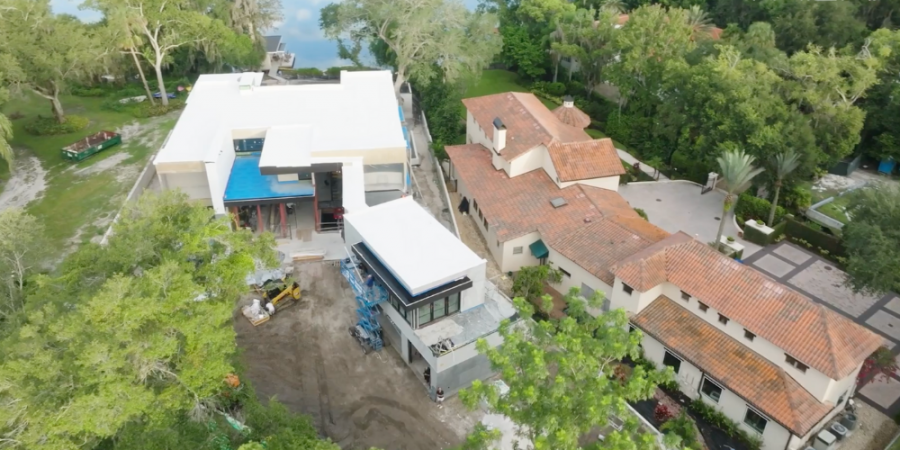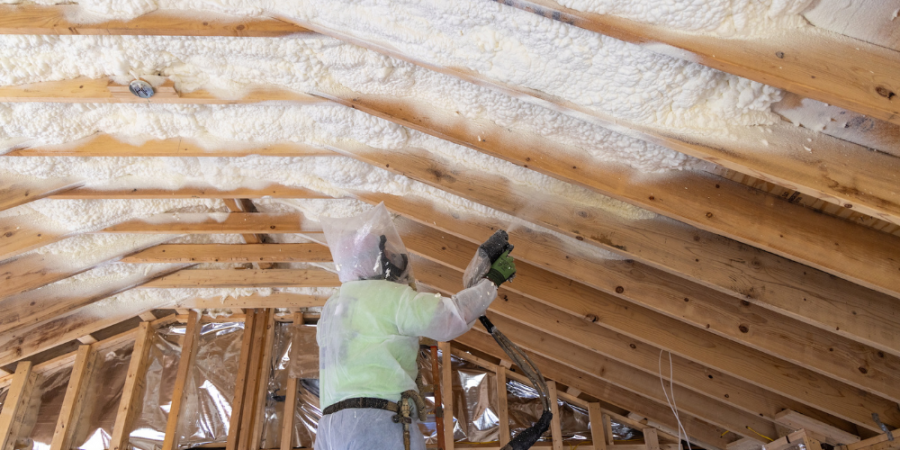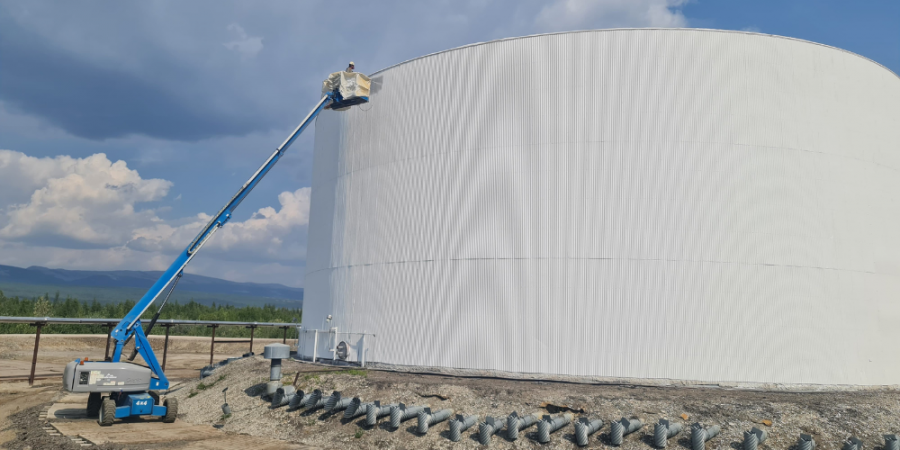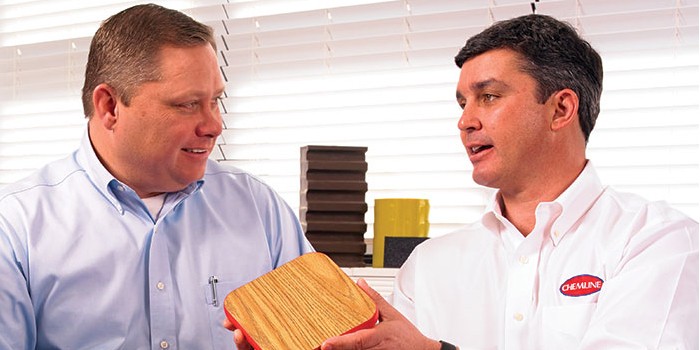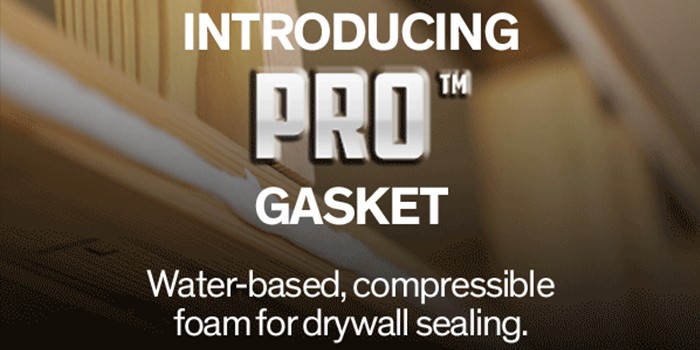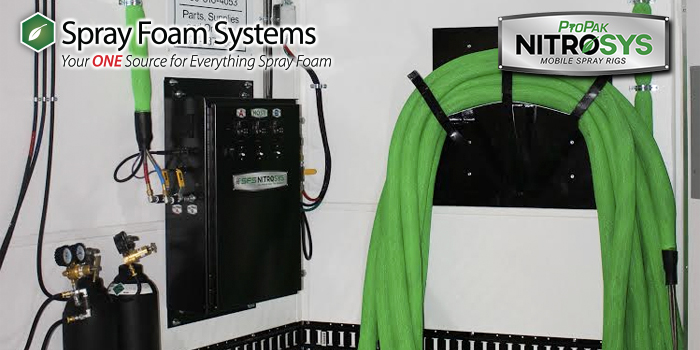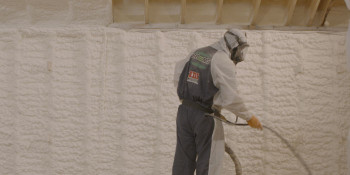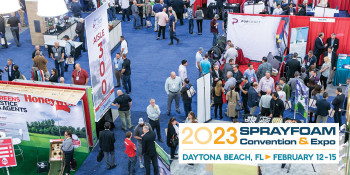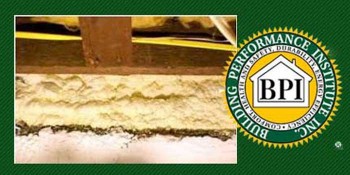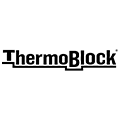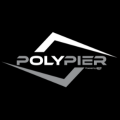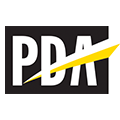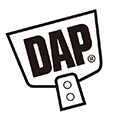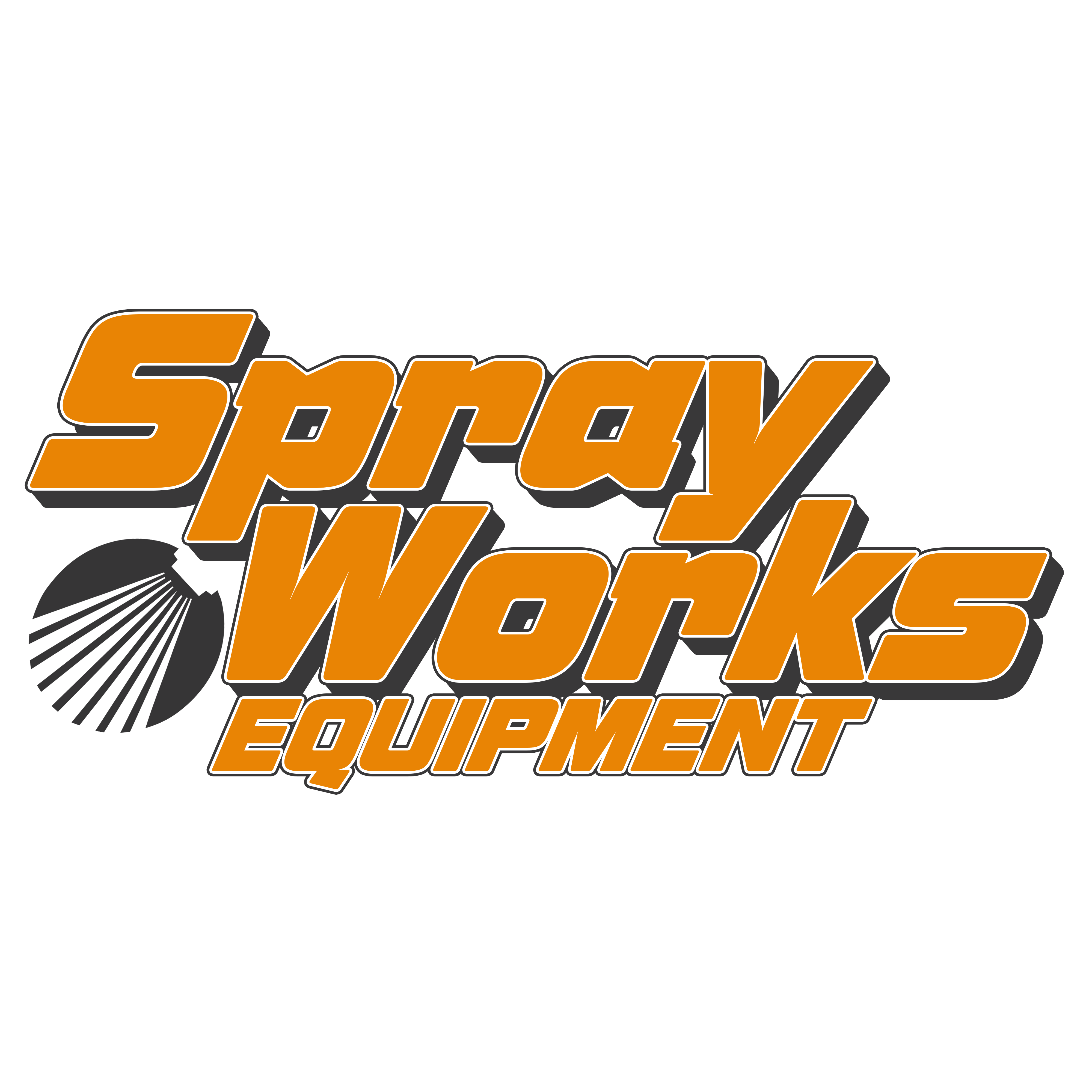Fire Up for Foam
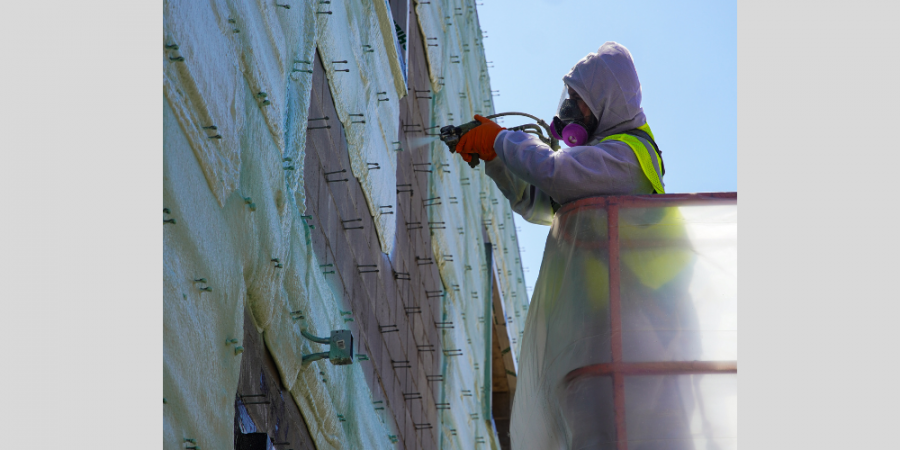

Spray Foam Magazine – Fall 2025 – In the heart of central Minnesota, winters are long, cold, and unrelenting. For the firefighters at Cold Spring Fire & Rescue, a well-built, energy-efficient station is necessary to keep the 24/7 crews comfortable while they await and respond to fire calls. When the fire department began rebuilding its facility, they needed insulation that could stand up to the region’s harsh climate and keep operating costs low year-round. Peak Spray Foam Insulation answered the call.
Based in Annandale, Peak is a family-run business led by President Wayne Dearing. His sons, Colin and Matthew, handle field work alongside a small but capable crew, while daughter Emma manages the office. Minnesota’s climate keeps the company in steady demand, with projects ranging from schools to shops, and now, the new 11,000-sq. ft. Cold Spring Fire & Rescue building. Over nine days, the team installed five sets of Huntsman’s Icynene HFO Max closed-cell foam on all exterior walls and the roof deck, applying a two-inch layer (R-14) for maximum efficiency.
Peak secured the job after Project Manager and Superintendent Brian Arndt successfully bid the project through Regal Contractors of Waite Park, Minnesota. This wasn’t the first time Peak and Regal had teamed up. The two companies had previously collaborated on several major projects, including Canby High School, Kimball Elementary School, and even the spray foam installation for Regal’s own shop.
Thanks to this ongoing partnership, both teams had a solid understanding of each other’s workflows, which streamlined the entire process. Regal frequently recommends spray foam to its clients, and Peak remains a top choice due to their expertise, reliability, and consistently high product quality.
“Spray foam offers superior insulation with a higher R-value compared to other options, which means better energy efficiency,” explained Wayne Dearing. “It also adds structural stability to the building, making it both a practical and durable choice.”
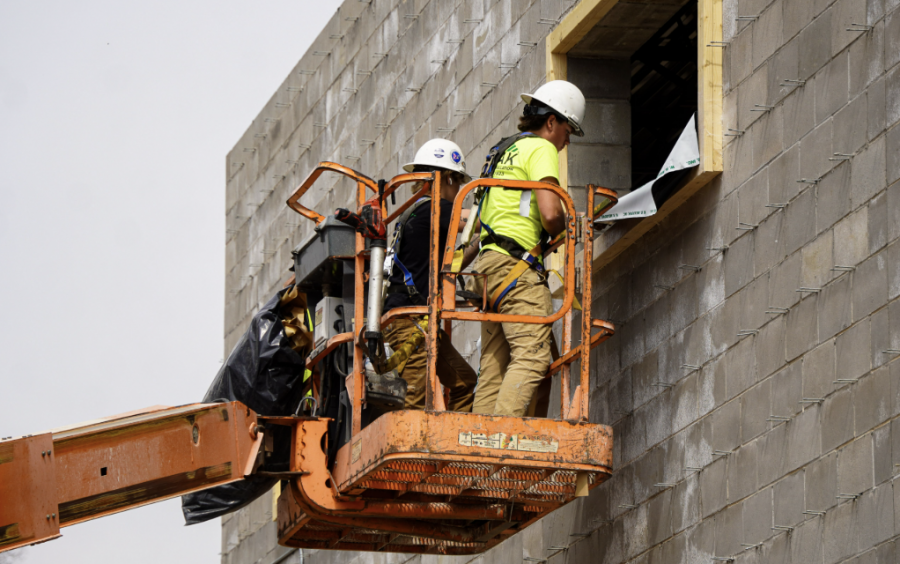
Wearing harness safety gear atop the cherry picker, the Peak team first sealed off any gaps with flashing.
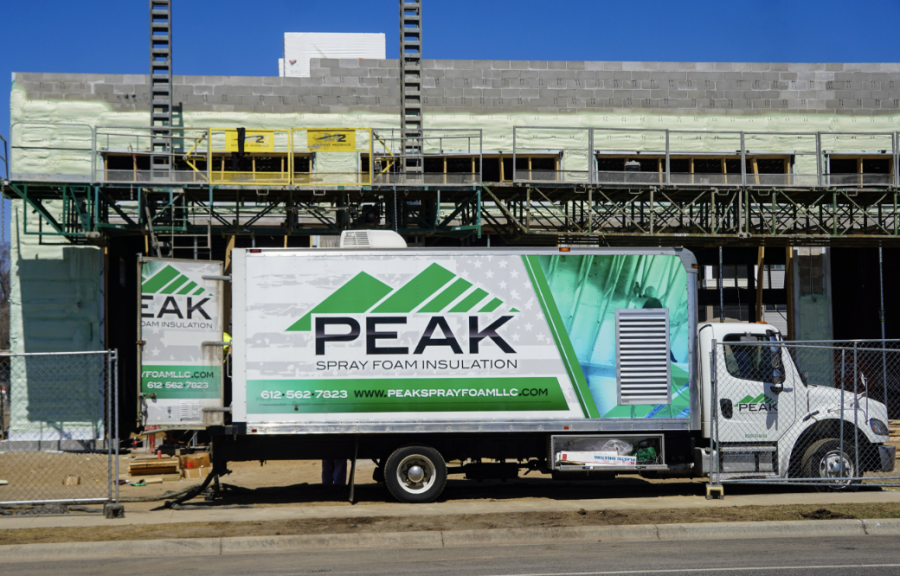
The Peak rig parked outside the fire station. The green Huntsman Icynene HFO Max closed-cell foam lines all but the top part of the exterior walls.
Of Peak’s eight full-time employees, at least four were on site each day. Colin and Matthew handled spraying, with insulation laborers Colby Dircks and Aidan Johnson assisting with prep and weatherproofing. Project Manager Arndt was also present during the heaviest workdays for quality assurance. They were tasked with weatherproofing the building and installing two inches of closed-cell foam to the building’s exterior walls, roof deck, and soffits on the vestibule and stairway tower. It was a straightforward job, with one caveat to contend with– the windy and oftentimes wet weather.
Working outside in Minnesota’s unpredictable spring weather required vigilance right from the beginning. Before starting each day, the crew assessed the concrete substrate to check if it was dry enough for proper foam adhesion. They monitored rain risk, and especially wind speed and direction. The team knew that the wind could catch the overspray and carry it through the air before depositing it onto other contractors’ equipment, unsprayed building sections, or even passing cars driving down the busy street. They mitigated this risk somewhat by covering everything they could in poly sheeting.
Unfortunately, you can’t cover every passing car in plastic, so they instead engaged in a nine-day waltz with the wind. By carefully adjusting their position as well as the location and direction they sprayed, the risk of overspray lessened. After that, it was a matter of making progress each day while remaining mindful of their fellow contractors.
“There were several other crews working alongside us. Our main goal was to keep pace with the bricklayers so we could stay on schedule,” said Dearing. “The biggest thing was working well together and keeping communication open with everyone on site.”
Peak’s team divided labor according to workload: on heavier spray days, two crew members handled sealant and flashing while two sprayed; on lighter spray days, one sprayer helped with sealing.
Safety was a top priority, especially when working at heights averaging 40 feet and up to 60 feet in the stairway tower. Crews used harnesses, safety vests, and hard hats, removing the hats only when spraying to ensure a proper respirator fit. The sprayers wore North 5400 Series full-face respirators with Honeywell North cartridges,
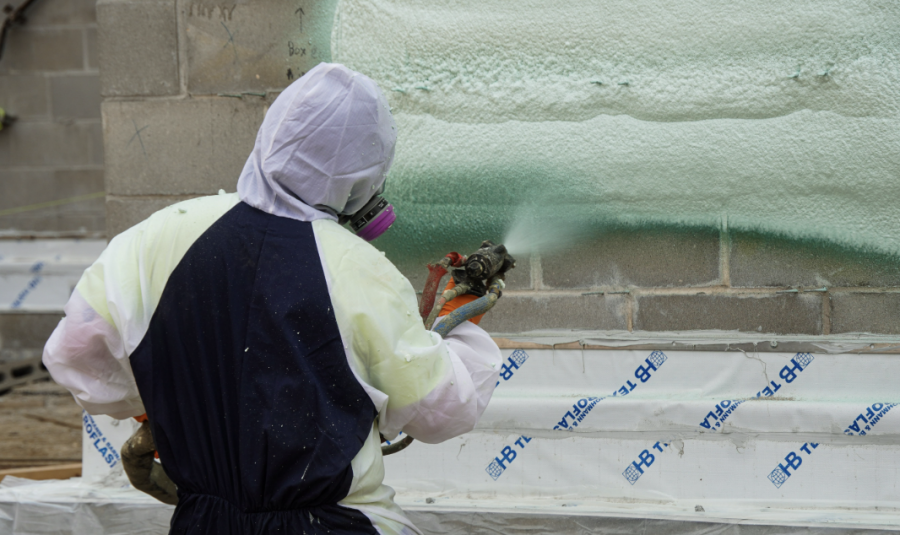
Peak foamed the fire station’s cement exterior with two inches of Huntsman’s Icynene HFO Max closed-cell foam.
GloveWorks heavy-duty nitrile gloves, and SAS Safety protective suits. They also covered the rental lifts with poly sheeting and secured it with tape around the baskets. With themselves and their equipment protected, the spray foam installation commenced.
While spraying, the installers used three Carlisle ST1 guns, two Reactor 2 E-30 proportioners with 300-foot hoses and 10-foot whips, and one Reactor 3 E-30 with a 300-foot hose and a 20-foot whip. The whip hoses reduced weight and strain for the spray techs, improving comfort during long shifts. Spraying proceeded from the bottom up, with the crew adjusting their left-right direction to work with the wind rather than against it.
In addition to installing foam, Peak weatherproofed all the door and window frames, plus any other cracks or areas where air gaps could form. To do so, the crew installed Air-Shield Weather Barrier detail flashing and sealant around all window and door frames, as well as corners and other potential air gap locations. Before applying the flashing, the team cleaned and primed the substrate to help the self-adhesive flashing stick. This extra weatherproofing step will boost the building’s energy efficiency by preventing unwanted air exchange, thus keeping power bills low.
The threat of windy overspray was little match for Peak. The team’s painstaking planning combined with their top-notch spraying skills meant the Huntsman Icynene HFO Max closed-cell foam went exactly where they wanted it to go, and nowhere they didn’t. The foam adhered perfectly to the concrete brick substrate, creating both an air barrier and weatherproof layer against moisture from rain or melting snow. After nine days, the foam portion of the project was complete, leaving the Cold Spring Fire & Rescue Building well-insulated and one step closer to their grand opening.
Disqus website name not provided.





